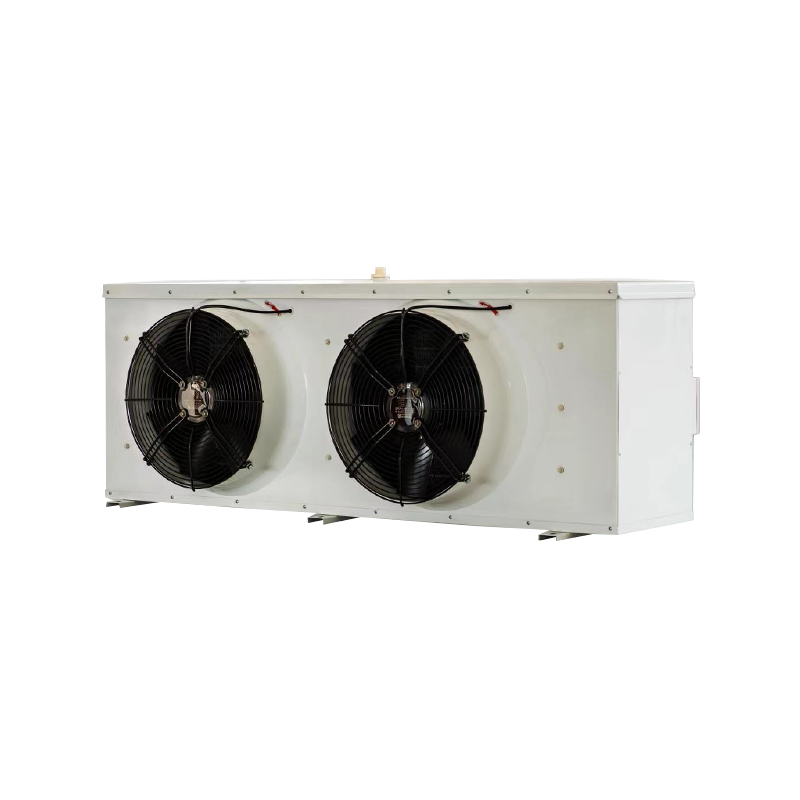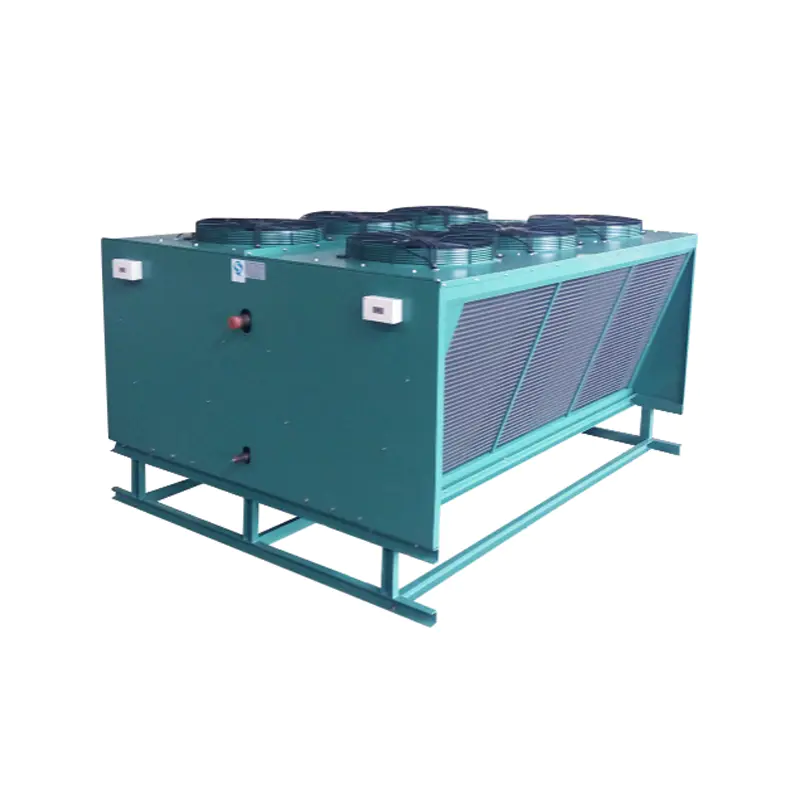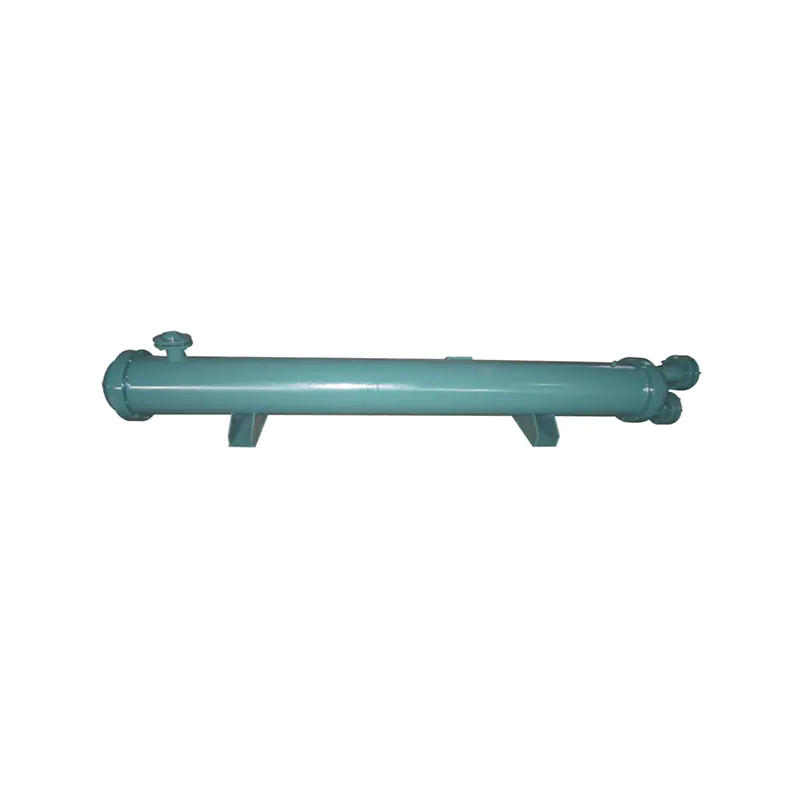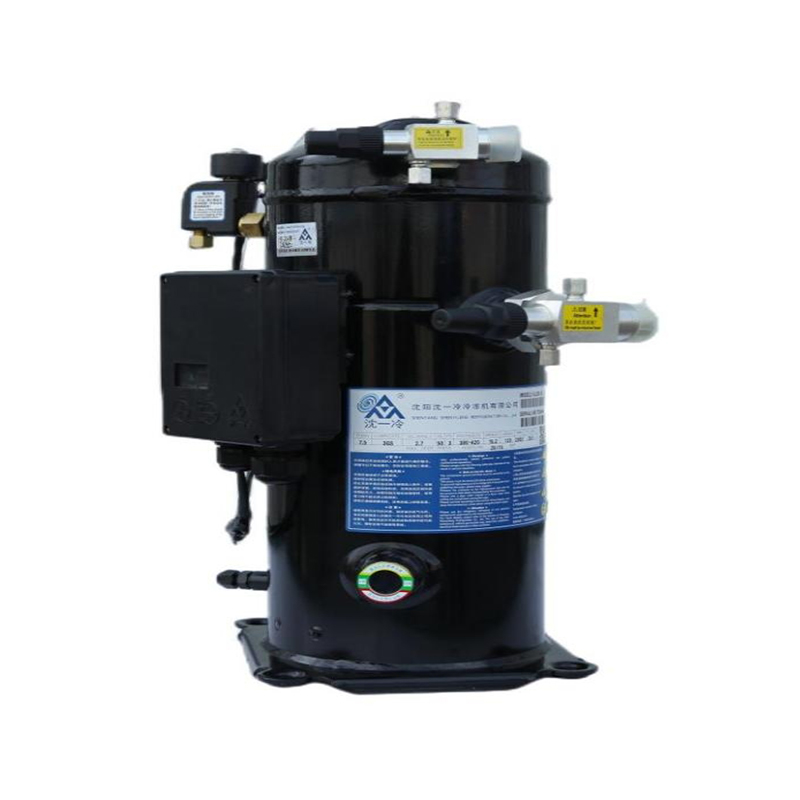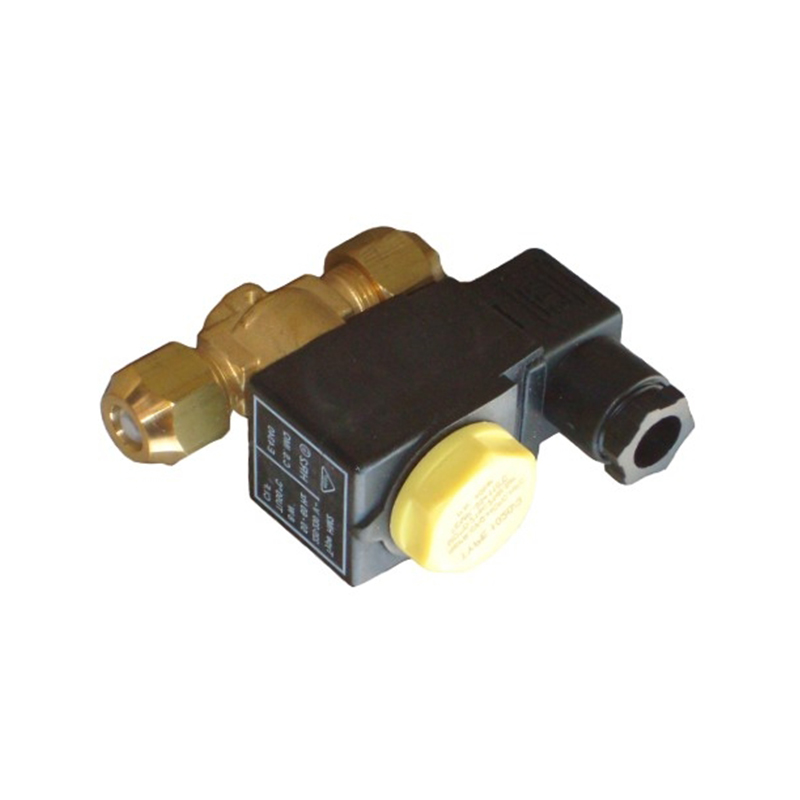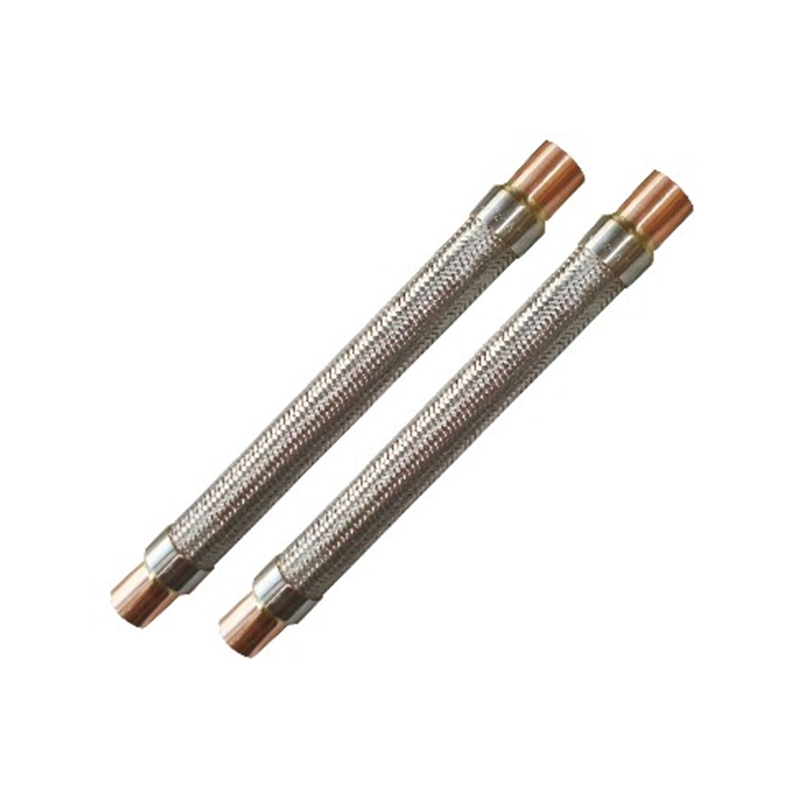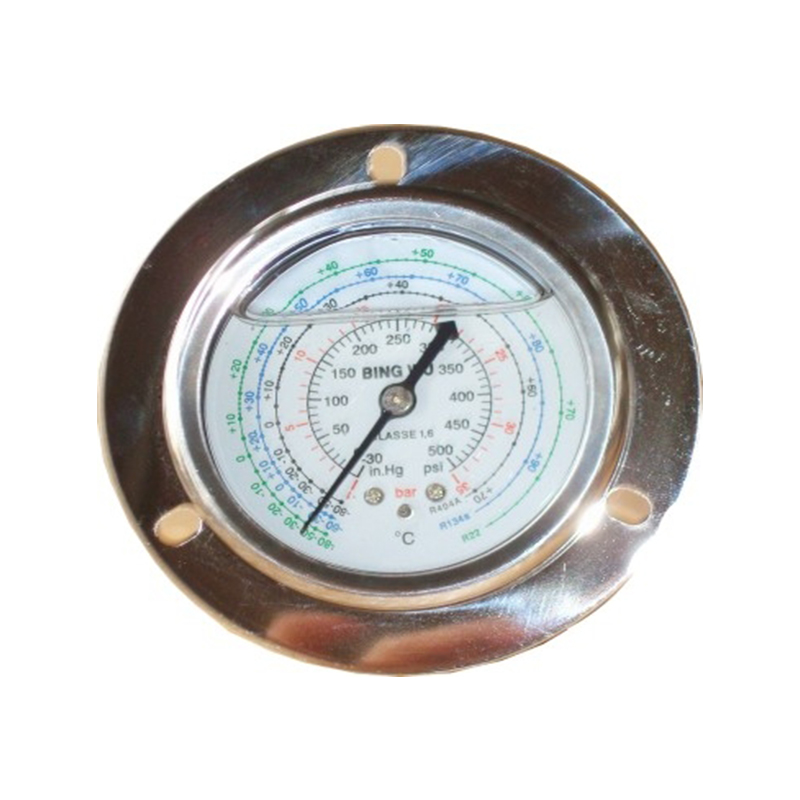1. Environmental factors leading to increased condensing pressure:
High temperature environment: Abnormally high temperatures in summer or workshops reduce the condenser's heat dissipation capacity, causing the condensing pressure to exceed the set value.
Inlet air temperature fluctuations: Fluctuations in external air temperature directly affect the condensing temperature of the air-cooled condensing unit, thus triggering high-pressure protection.
2. Condenser body or heat dissipation system malfunction:
Condenser fouling: Scale and oil buildup on pipes or fins significantly reduce heat exchange efficiency, causing the condensing pressure to rise.
Fan/pump failure: Malfunctioning fans in air-cooled units or circulating water pumps in water-cooled units lead to insufficient heat dissipation, triggering high-pressure protection.
Insufficient heat dissipation medium flow: Insufficient water flow or pump failure in water-cooled condensing units can also cause abnormally high condensing pressure.
3. Refrigerant system abnormalities:
Refrigerant overcharge: The system charge exceeds the design value, resulting in insufficient heat absorption by the evaporator and abnormally high compressor discharge pressure.
Expansion valve or capillary tube blockage: Blockage or improper adjustment of the throttling element causes the evaporator load to be too low, resulting in an increase in compressor discharge pressure.
Pipeline blockage or leakage: Partial blockage or leakage in valves or pipes in the condensing circuit leads to localized pressure increases and triggers protection.
4. Protection device or sensor malfunction
Pressure sensor drift: The pressure transmitter or switch is inaccurate, misjudging the actual pressure as exceeding the set threshold.
Control logic error: Improper configuration of the high-pressure protection settings or delay parameters in the PLC/microcomputer control program leads to false tripping under normal operating conditions.
Aging relay protection components: Wear or aging of the high-pressure protection relay contacts causes malfunctions.
